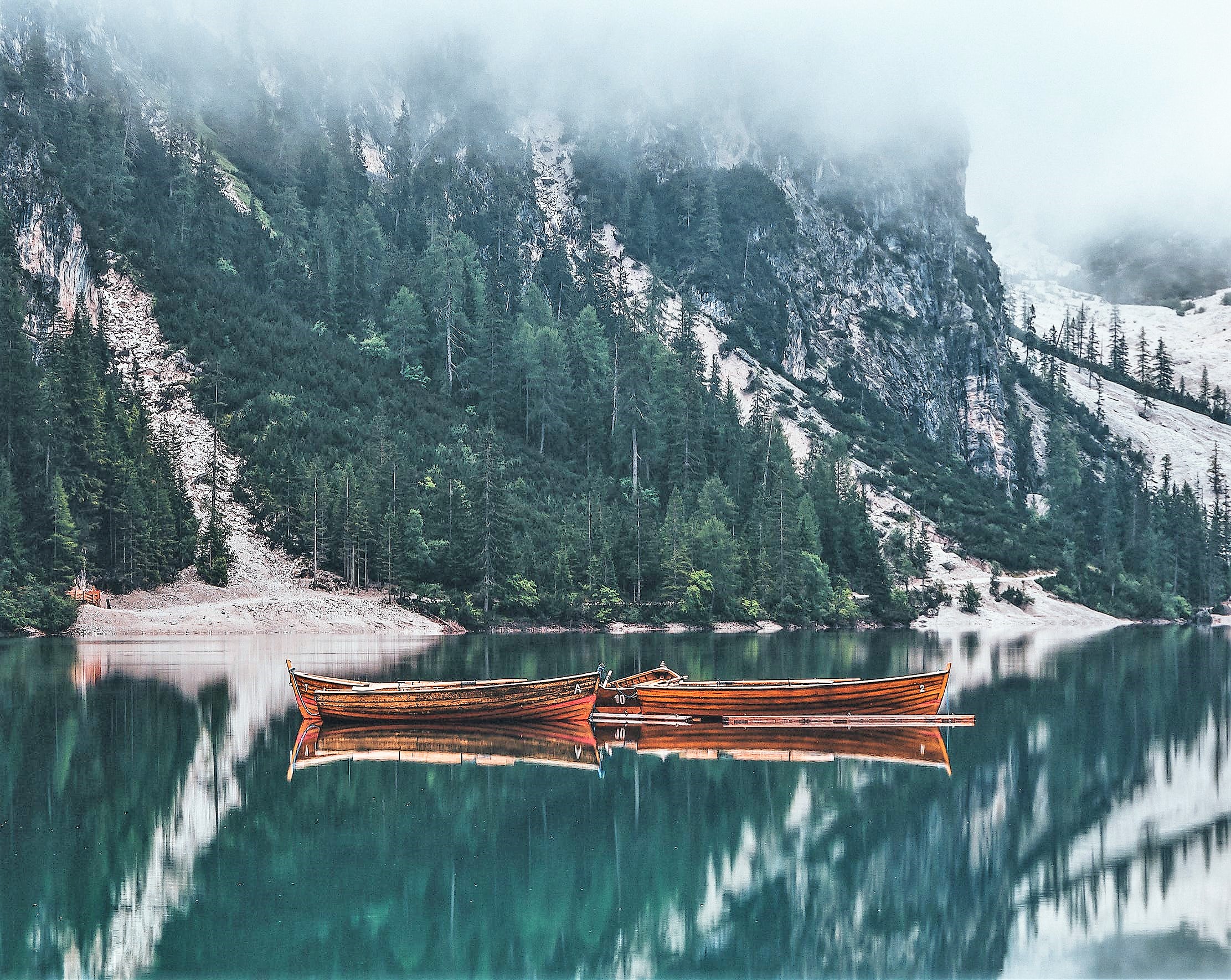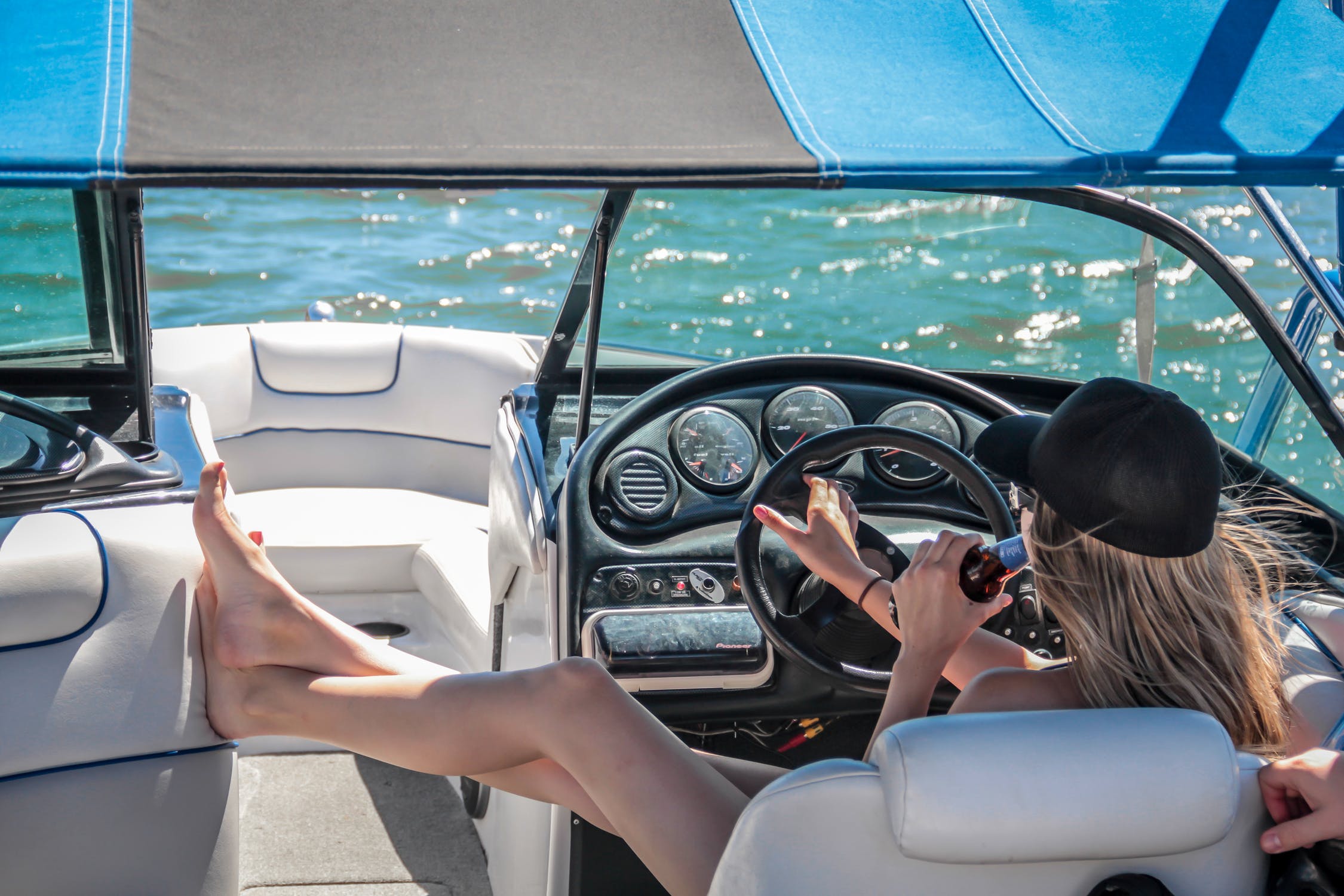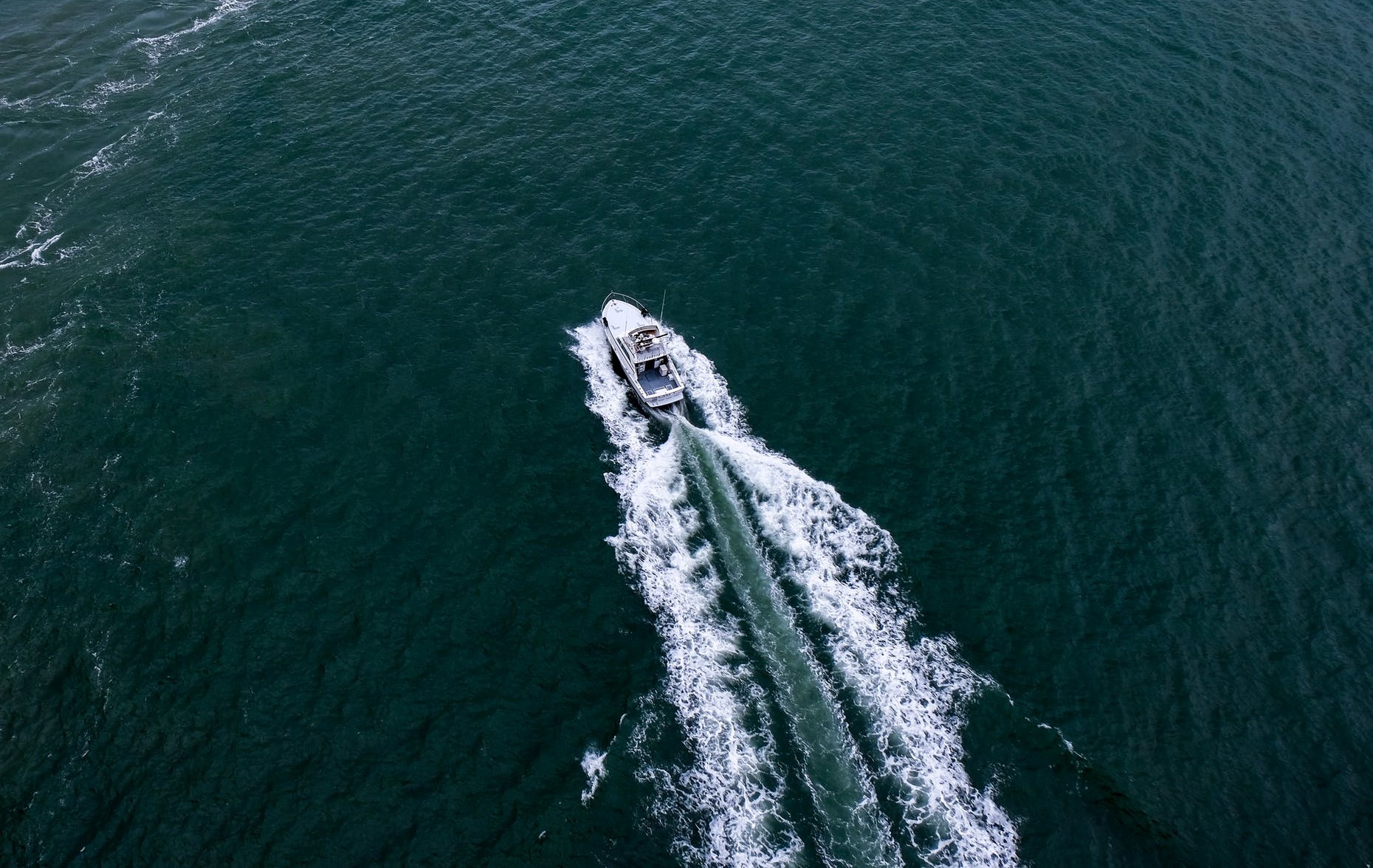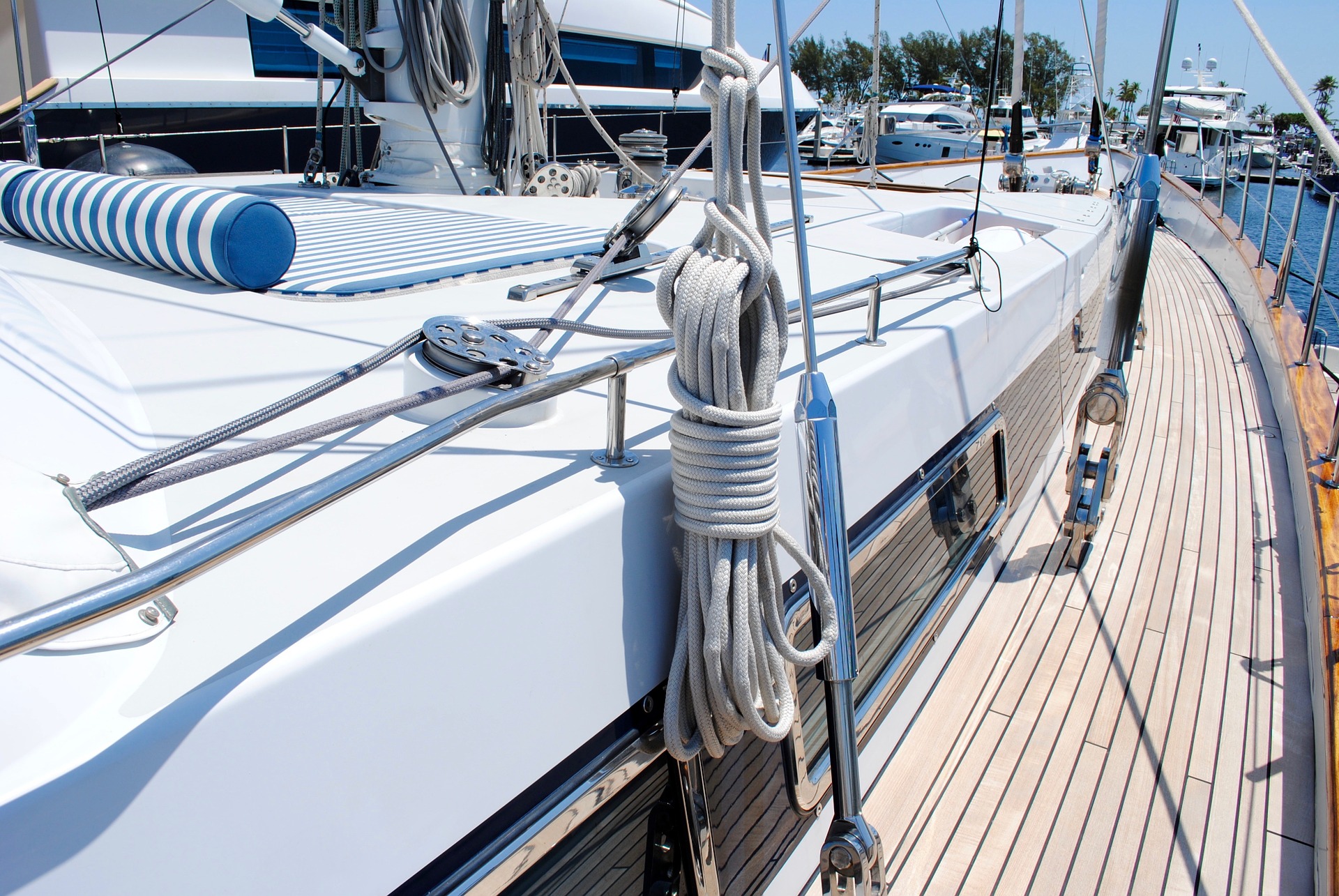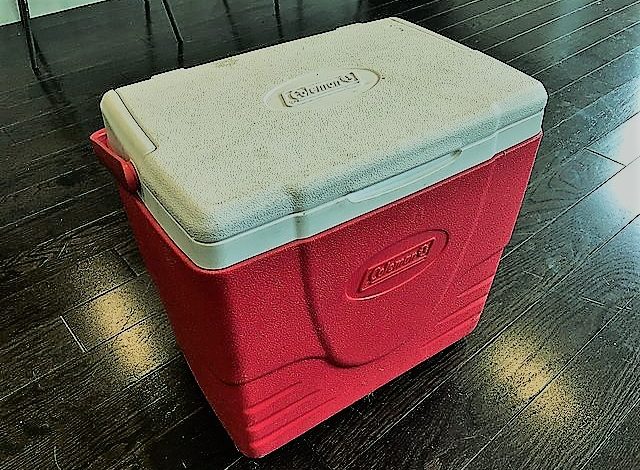
Need something that’ll keep your food and drinks fresh after a long ride?
In this article, we’ll help you get the appropriate marine cooler to ensure your meals stay edible.
WHAT IS A MARINE COOLER?
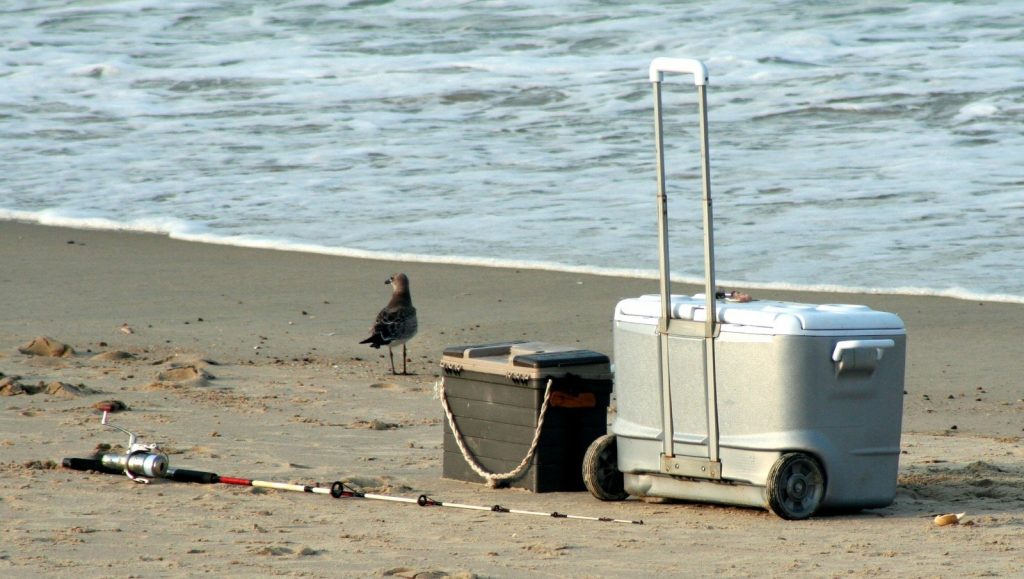
A marine cooler is like your typical container but it’s where you put your fresh and frozen goods to prolong their lifespan until they are ready to be cooked or consumed.
WHAT’S THE DIFFERENCE BETWEEN A MARINE COOLER AND A REGULAR COOLER?
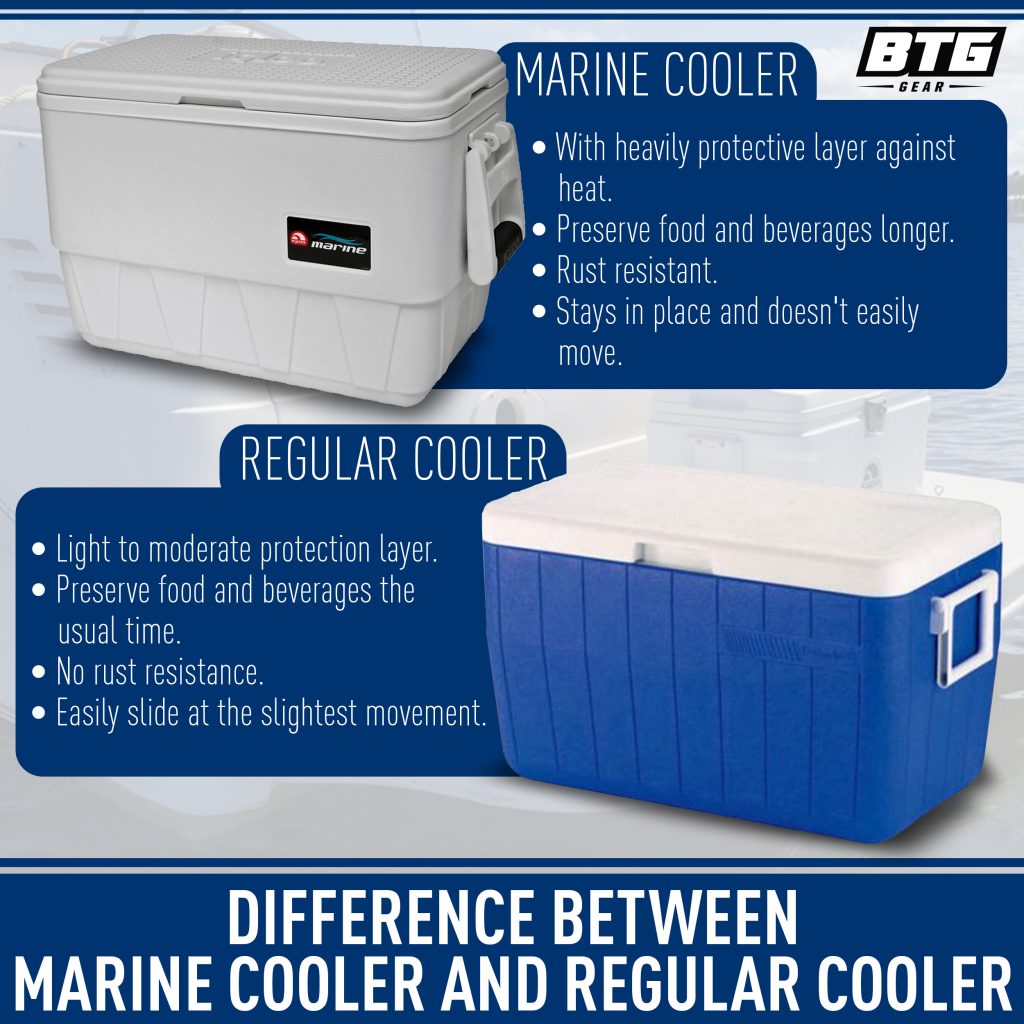
Marine coolers and regular coolers are different in many ways. For one thing, the former is normally exposed under the sun and are moved and beaten aboard a boat; whereas the latter is just meant for short trips and are immediately stored in dry, shaded areas after some time of being used. Other features that make them distinct from each other are stated above.
WHAT ARE THE MAIN FEATURES OF A MARINE COOLER?
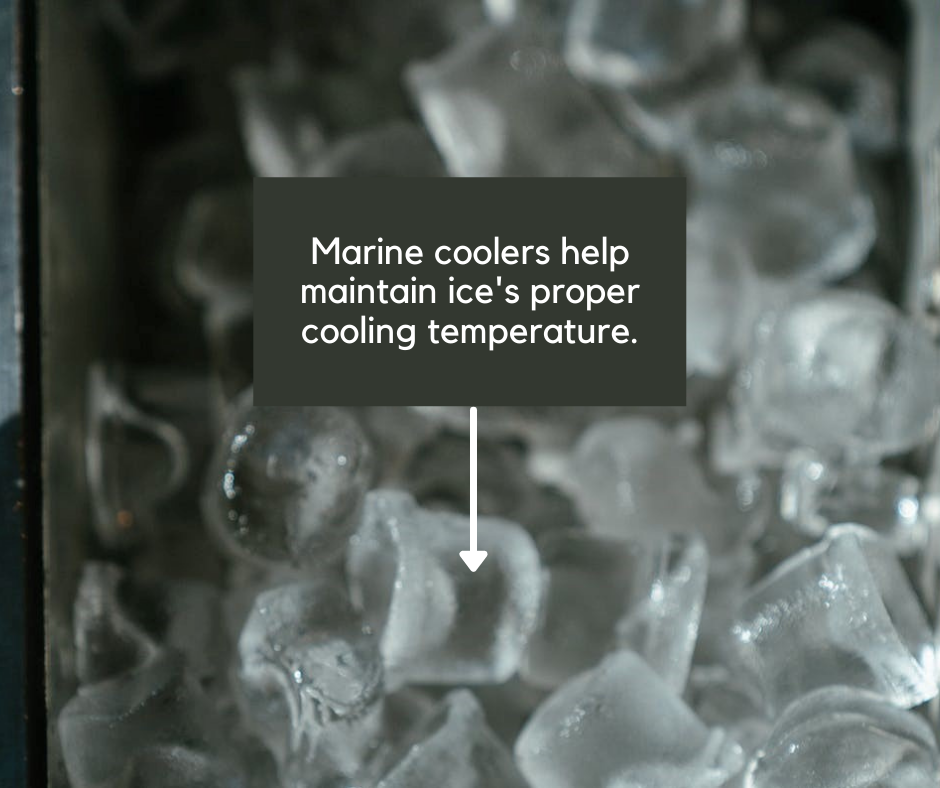
Marine coolers have four main purposes that make them an indispensable component of any trip:
- Ice retention cooler – is the primary benefit of having a marine cooler. Some coolers can keep your food and drinks cold for 4-5 days but there are others that can keep them cold for 7 days.
- Heat insulating cooler – means they have a special UV coating that dispels heat and prevents any discoloration on marine cooler surfaces.
- Rust-resistant metals – latches and hinges are usually stainless steel so they don’t corrode.
- Measuring lid – covers have special markings that are either in inches or centimeters to easily determine how big the item they can contain.
WHAT ARE THE TYPES OF MARINE COOLERS?
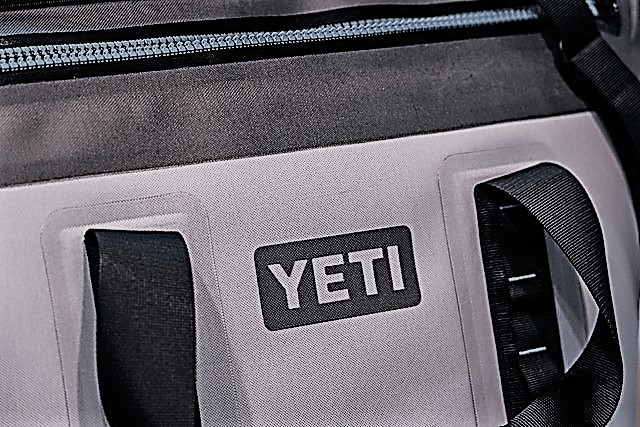
There are basically two types of marine coolers you can use based on your preference. These are:
- Soft-sided coolers – as their name suggests, have outer and inner parts that are flexible which make them easy to squeeze through crowded areas or compartments.
- Hard-sided coolers – are those with tougher outer surface that aren’t easily scratched or damaged. Although, they’re bulky and incompressible.
WHAT’S THE DIFFERENCE BETWEEN ELECTRIC AND NON-ELECTRIC COOLERS?
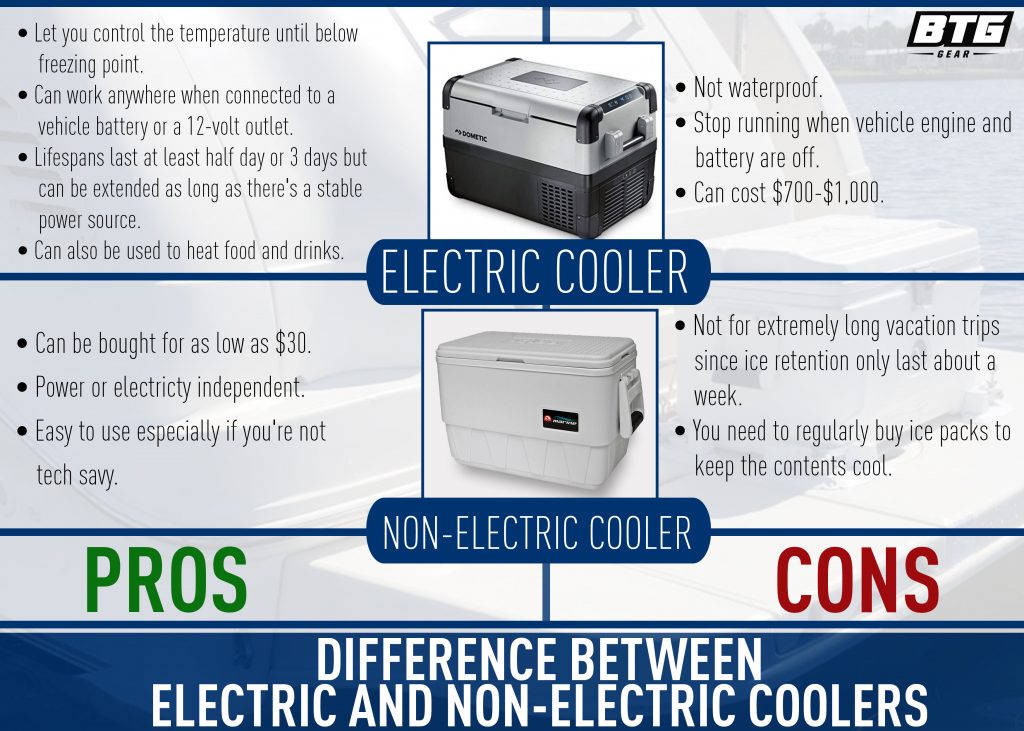
In a nutshell, electric coolers are those that need to be charged or run via a power source, while non-electric coolers are those that only require ice for them to do their function. But to be more specific, shown above are some advantages and disadvantages of each. Just a reminder, if you’re looking for ways on how to prevent your electric coolers and other similar devices from getting stolen, read How to Protect Boat Electronics from Theft.
HOW DO YOU KNOW WHAT SIZE OF COOLER TO BUY?
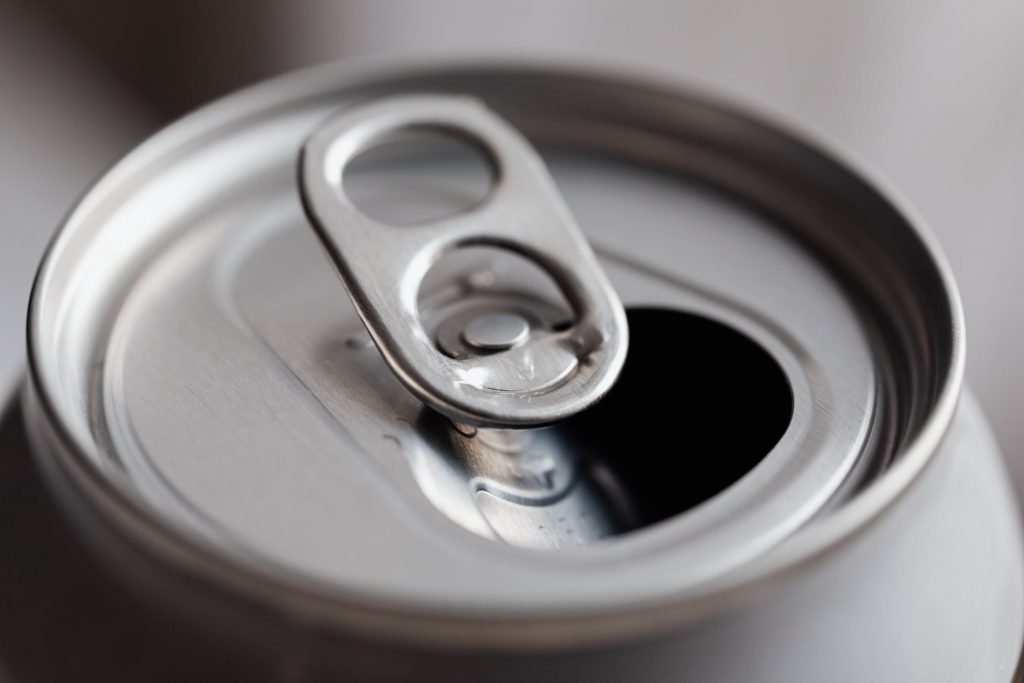
Generally speaking, marine cooler sizes are measured in quarts or equivalent to about a 12-ounce, standard soda can.
Just don’t forget that once your marine cooler is up and running, its exact storage space will still be occupied by 30-50% ice so make sure the remaining space is maximized. See the table for some common marine cooler sizes based on the number of cans they can accommodate with ice included:
| Marine Cooler Size | Number of Cans |
| 10 Qts | 12 |
| 20 Qts | 24 |
| 30 Qts | 51 |
| 40 Qts | 59 |
| 50 Qts | 84 |
WHY ARE MARINE COOLERS WHITE?
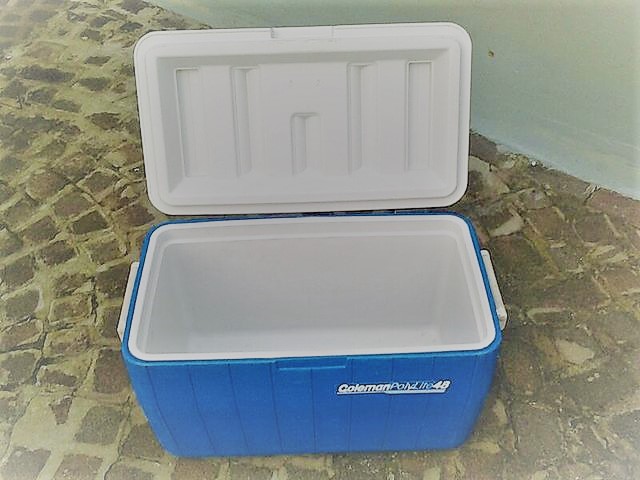
There are some marine coolers that come in shades of blue and other colors but have you ever wondered why majority of them are color white? Believe it or not, there’s a direct relationship between colors and heat absorption.
HOW MUCH IS A MARINE COOLER?
If your main reasons for buying a marine cooler are all about your preference and level of necessity, a marine cooler’s material and design matter just as much, which also affect marine cooler pricing. There are inexpensive marine coolers you can buy for only $30-$60. However, those normally don’t have dry storage and aren’t slip resistant.
On the other hand, expensive marine coolers that are around $200-$300 or up have a drainage feature to prevent stagnant, water accumulation and they can be cold for a number of days.
A few notable ones are Igloo Marine Coolers and Coleman Marine Coolers.
CONCLUSION
Getting the right marine cooler for your trips can help preserve your meals during a given period or can even go beyond it. Of course, this means you won’t be wasting your effort in the preparation process too. Comment below and tell us what you did to acquire your desired marine cooler.
